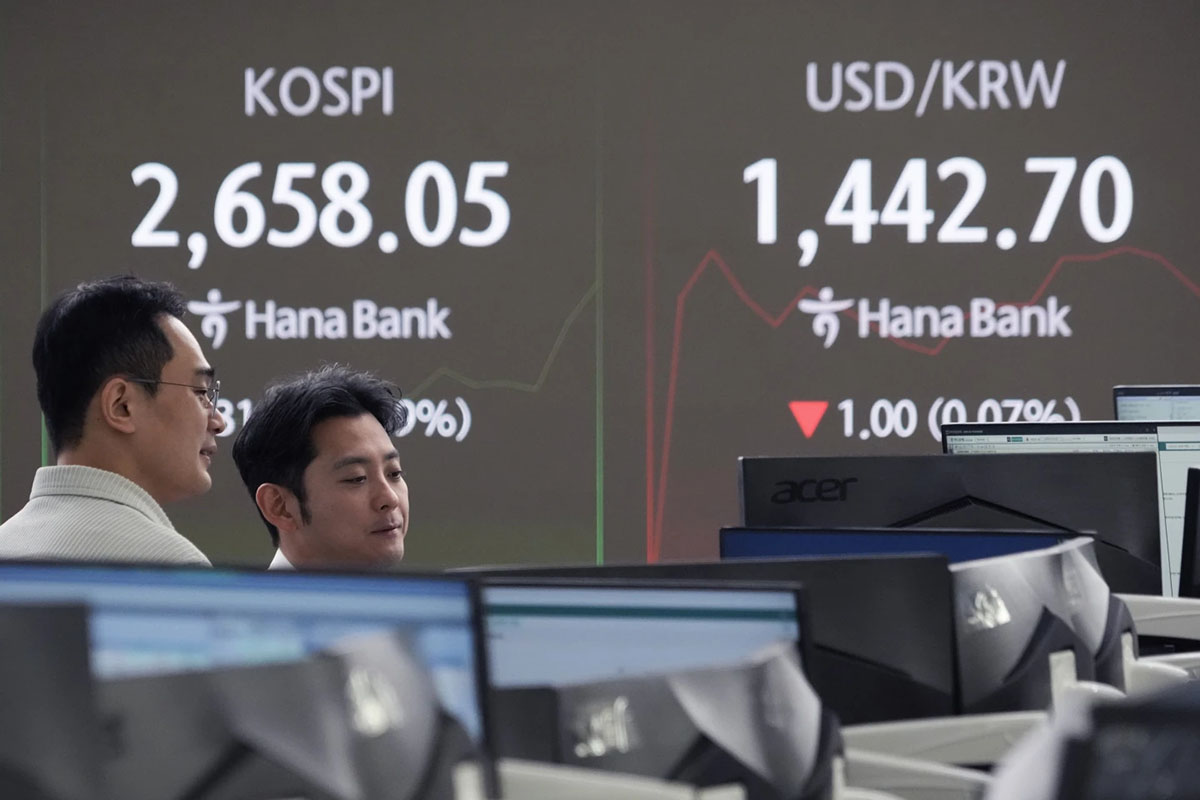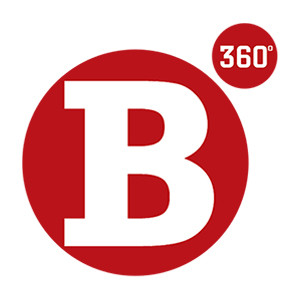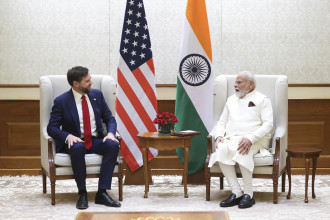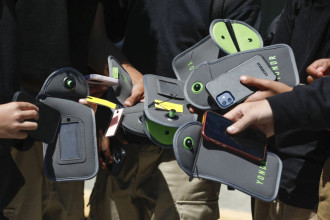
TOKYO: Asian shares traded mostly lower on Thursday after a quiet day on Wall Street, where the S&P 500 added to its record.
Worries about US President Donald Trump’s tariff policies remain high on regional investors’ minds.
Japan’s benchmark Nikkei 225 dropped 1.2% to finish at 38,678.04. Australia’s S&P/ASX 200 declined 1.2% to 8,322.80, while South Korea’s Kospi lost nearly 0.7% to 2,654.06.
Hong Kong’s Hang Seng dipped 1.3% to 22,640.18, after China left its benchmark interest rate unchanged, in a move it said was meant to maintain financial stability. The Shanghai Composite shed less than 0.1% to 3,349.60.
“The yuan has been under siege, with foreign-exchange outflows surging last month as Trump’s tariff rhetoric sent shockwaves through markets,” said Stephen Innes, managing partner at SPI Asset Management.
On Wall Street, the S&P 500 rose 0.2% after setting an all-time high the day before. The Dow Jones Industrial Average picked up 71 points, or 0.2%, while the Nasdaq composite inched up by 0.1%.
Microsoft was the strongest force pushing the S&P 500 upward. It rose 1.3% after announcing it had developed what it calls the world’s first “quantum processing unit,” which could lead to the development of much more powerful computers. While the gain was relatively modest, Microsoft’s gargantuan size gives its stock’s movements huge sway on the S&P 500 and other indexes.
Elon Musk’s Tesla rose 1.8%. It climbed after another electric-vehicle company, Nikola, plunged 39.1% following its filing for Chapter 11 bankruptcy protection. The electric truck maker said it will try to sell off its assets and wind down its business.
A separate report on Wednesday said homebuilders as a group broke ground on fewer US houses last month than economists expected.
High mortgage rates are making it difficult for some potential homebuyers to afford a house, even though the Federal Reserve began cutting its main interest rate in September to make things easier for the economy.
The yield on the 10-year Treasury eased a bit on Wednesday and edged down to 4.53% from 4.55% late Tuesday. It was below 3.70% as recently as September and approaching 4.80% within the past few weeks.
Both the bond and the stock markets have increasingly been taking Trump’s tariffs in stride, after earlier showing much more trepidation. The hope on Wall Street is that Trump is using such threats merely as a tool to drive negotiations, and the ultimate effects won’t be as bad as they initially appeared.
All told, the S&P 500 added 14.57 points to finish at 6,144.15. The Dow Jones Industrial Average rose 71.25 to 44,627.59, and the Nasdaq composite gained 14.99 to 20,056.25.
In energy trading in Asia on Thursday, benchmark US crude fell 30 cents to $71.95 a barrel. Brent crude, the international standard, lost 1 cent to $76.03 a barrel.
In currency trading, the US dollar slipped to 150.04 Japanese yen from 151.37 yen. The euro cost $1.0429, inching up from $1.0428.
By RSS/AP






